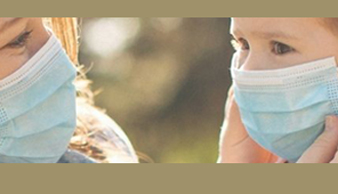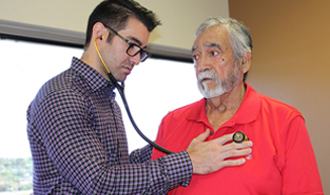[btn]By Gerald F. Schwartzberg, M.D.[/btn]
If you notice gradually increasing shortness of breath, wheezing, chest tightness, cough and sputum production, you might have chronic obstructive pulmonary disease (COPD), a major cause of disability and the third leading cause of death in the United States.
Most individuals with COPD have both emphysema and chronic bronchitis. Emphysema causes destruction of the air sacs at the end of the lung’s smallest air passages. Chronic bronchitis is caused by inflammation of the small bronchial tubes leading to narrowing of the air passages, excessive mucus production and chronic cough.
Most people with COPD have been smokers for years.
The main symptom is shortness of breath on exertion, and eventually even when you’re resting. Your chest may feel tight, and your lips or fingernails may turn blue or gray, indicating low oxygen level in your blood. Your mental alertness may become impaired. Severe COPD can cause swelling in your ankles, weight loss and poor muscle endurance.
If you notice these symptoms, stop smoking, avoid dust and chemical fumes and people with severe colds.
Your doctor may perform a variety of tests to diagnose the condition, including lung function tests, a chest X-ray, a chest CT scan, and an arterial blood gas test.
In the past, physicians’ ability to help individuals with COPD was quite limited. Although you can’t reverse COPD’s damage to your lungs, treatment can help control symptoms and may often stop the progression of the disease. Modern treatment can reduce hospitalizations and prolong life, including:
- Short or long-acting bronchodilators can be administered by an inhaler device that delivers medicine directly to your lungs.
- Inhaled steroids help reduce airway inflammation, decrease sputum and lessen the severity and frequency of “flare-ups.”
- Oxygen therapy can ease your breathing if your oxygen level is low.
- Pulmonary rehabilitation, including exercise and disease management training, can help you stay active and carry out your daily activities.
The future is now brighter for patients with COPD. If you suspect you might have it, see your doctor for a correct diagnosis so that you can begin to breathe easier today.









































